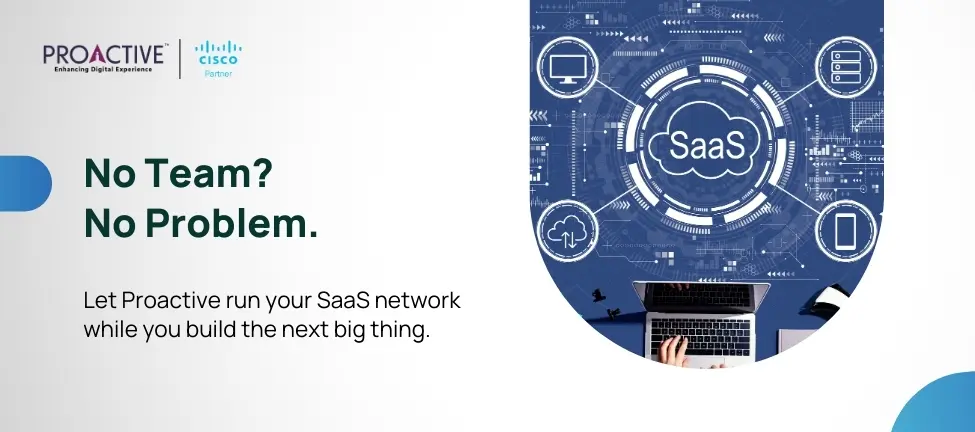Updated: Aug 18, 2025

You didn’t start a SaaS company to troubleshoot routers, update firmware, or manage VLAN segmentation. You started it to solve a real problem with code. But somewhere between your second client demo and the third DevOps hire, networking crept into your backlog. Suddenly, uptime reports, IP conflicts, and packet loss became your responsibility.
For most early-stage SaaS startups in India, the infrastructure story is the same. A borrowed router. A mesh Wi-Fi setup. A firewall rule copied from a forum post. It works until it doesn’t. And when it breaks, so does your team’s velocity.
Startups pride themselves on owning their stack. You choose your codebase, your CI/CD pipeline, and your cloud provider.
Why outsource the network? Because unlike software, networks don’t scale linearly. What you built for five developers collapses under 25. That switch you set up one weekend cannot support the load from video calls, real-time debugging, and cloud syncs. And no, logging into the console every time someone joins or leaves is not sustainable.
DIY networking gives the illusion of control. In reality, it slows you down. You spend time maintaining a tool instead of building a product. Worse, you introduce failure points you can’t trace when things go wrong.
The hardware is cheap. The cost lies in outages during client demos, lost productivity when VPNs fail, and data breaches when guest access isn’t separated. These are not abstract risks. They are common events in startups that scale before their infrastructure does.
Add to this the regulatory burden. GDPR, SOC 2, and India’s DPDP Act are no longer optional for SaaS companies that serve global clients. Your network isn’t just a pipe. It’s part of your compliance posture. You wouldn’t write your own encryption algorithm. Why build and manage your own network stack?
Modern networks don’t have to be complex. Cisco Meraki, for instance, offers zero-touch provisioning, remote visibility, and centralised control. You manage access, performance, and security from one dashboard. It’s not enterprise complexity shoved into a startup shell. It’s consumer-level simplicity at enterprise scale.
You don’t need to onboard network engineers or keep spare parts. A failed access point triggers an alert. A new team location gets pre-configured equipment. You define policies once, and every site follows them.
Because it doesn’t feel urgent. Until it does. Most startups reach a tipping point when remote work expands, or when a new investor demands infosec readiness, or when the first enterprise client asks for compliance documentation.
By then, you’re retrofitting. You’re fixing outages while onboarding clients. You’re issuing NDAs while your guest network is still open. This is when the cost of DIY becomes visible.
What if someone else built and ran your network, but you still had visibility, control, and data ownership? That’s what managed services are built for. Not to take control away from your team, but to free it up.
Proactive’s Meraki Managed Services do exactly that. You don’t hire a team. You don’t manage escalations. We plan the deployment, configure policies, monitor uptime, and keep everything audit-ready. You still access the dashboard. You still define rules. But we do the daily grind.
No managed service should feel like a vendor relationship. It should feel like a product you never had to build.
If three or more of these make you pause, your DIY model may be past its sell-by date.
Your SaaS growth is too valuable to be slowed down by poor infrastructure choices. And network maturity is not a luxury. It’s a necessity. The faster you standardise and automate your network stack, the more you can focus on what matters.
Delegate the infrastructure. Keep the innovation.